Brick and mortar stores as we know it, have been on a steep decline for the last 1o years, with large household names such as Woolworths, Thomas Cook and Carphone Warehouse, becoming defunct. In the fashion and beauty industry alone, beloved brands like Principles, Jane Norman and Ruby and Millie, went into administration, and ceased operations in its Brick and Mortar stores. From fashion, to beauty, to travel, the way that we shop has shifted online, and we no longer rely on just ‘popping to the shops’, when we have everything we need at the click of a button. Although the retail industry has seen a lot of changes in the last decade, the COVID-19 pandemic rattled stores, that were already feeling the pinch, with plummeting footfall, a decrease in sales, and forced brands into administration. In the UK alone, a net decline of 6000+ shops were recorded in the first half of 2020, compared with 3,509 in 2019, according to PwC. In the fashion industry, the British Fashion Council warned that as many as 240,000 jobs could be lost, in 2020, which equated to 27% of its workforce. Thus, the pandemic had changed the fashion industry, making it difficult to run a fashion and beauty business, let alone start a fashion brand.
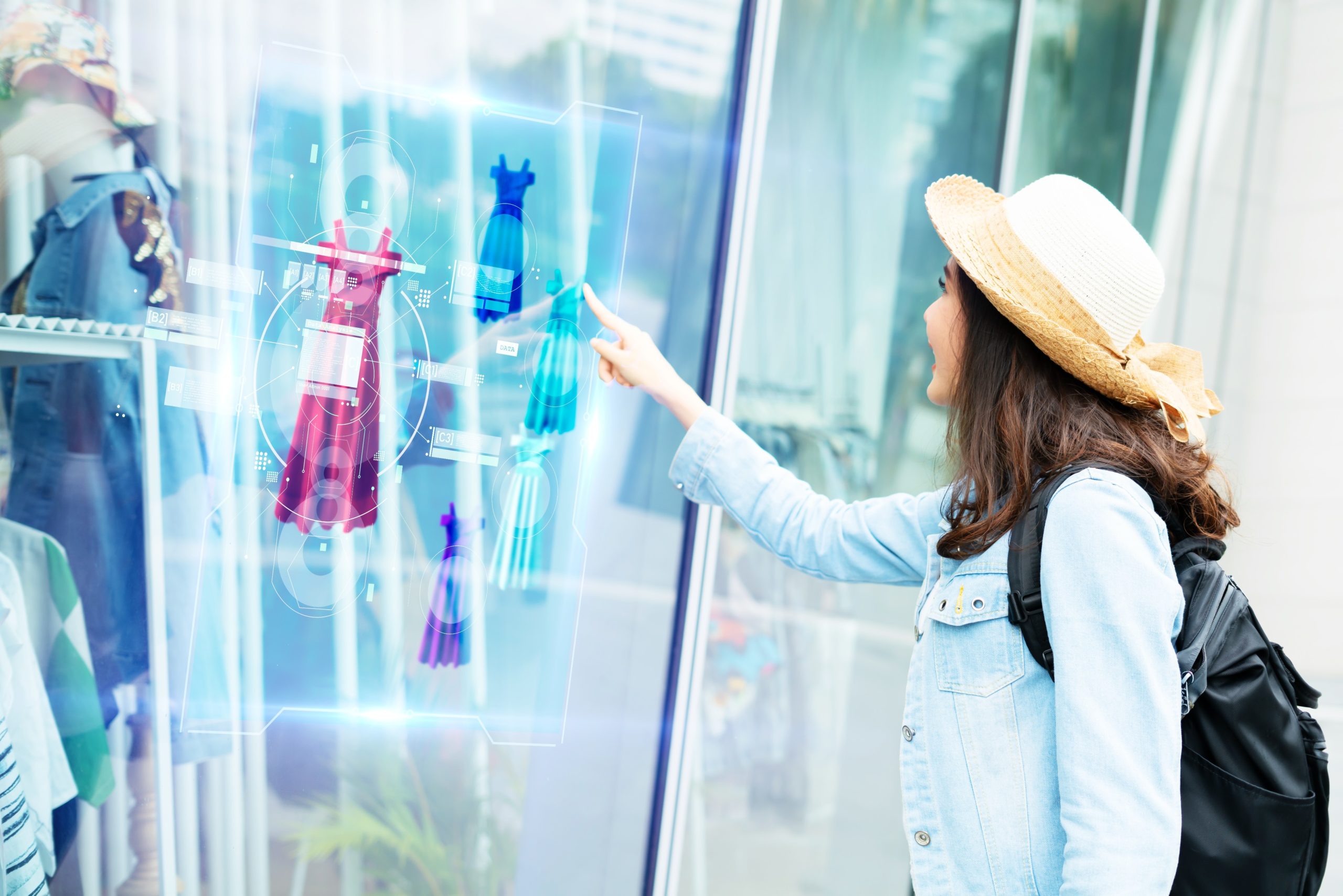
One of the biggest ways that the pandemic has changed the fashion industry is through the use of automated processes.
These harrowing stats proved that the rise of e-commerce, and the pandemic were driving customers even further online, as the industry shifted to a digital-first shopping experience. It meant that getting a job in fashion, was near impossible, during the rockiest period that retail had ever experienced. It was time to re-think the way we shop, the way we work, and the way we consume. But how would we go about it? Well, the evolution of retail was a hot topic even before the pandemic as retailers battled against online shopping and eCommerce to regain their footfall. The need to build on the overall customer experience of shopping in stores has been prevalent for years, however now retailers are forced to totally rethink their customer experience, proving how the pandemic has changed the fashion industry. In a post-pandemic world, we have needed to understand how we can digitize fashion, and retail, to stay ahead of the curve.
Although brick and mortar stores can still remain a ‘primary shopping’ channel, it is clear that technology, automation, and convenience is a huge part of our ‘preferred shopping experience’. Even if brick and mortar stores decide to offer more products, or run leaner stores, if they don’t have a digital hub, chances are they are missing out on a huge technology obsessed audience, who is running on very little time. Granted there are brands like Primark, who are an exception to the rule, but overall fashion brands must adapt with the times, to keep up with its consumers. A large part of this rethink has involved experiential retail and in turn, technology and automation. With the use of robotics process automation, AI, data analytics, and more, technology is changing how businesses in all industries operate and the fashion sector is no exception. And as the fashion landscape is transforming, retailers need to quickly adapt and embrace this turning point or risk falling behind the competition.
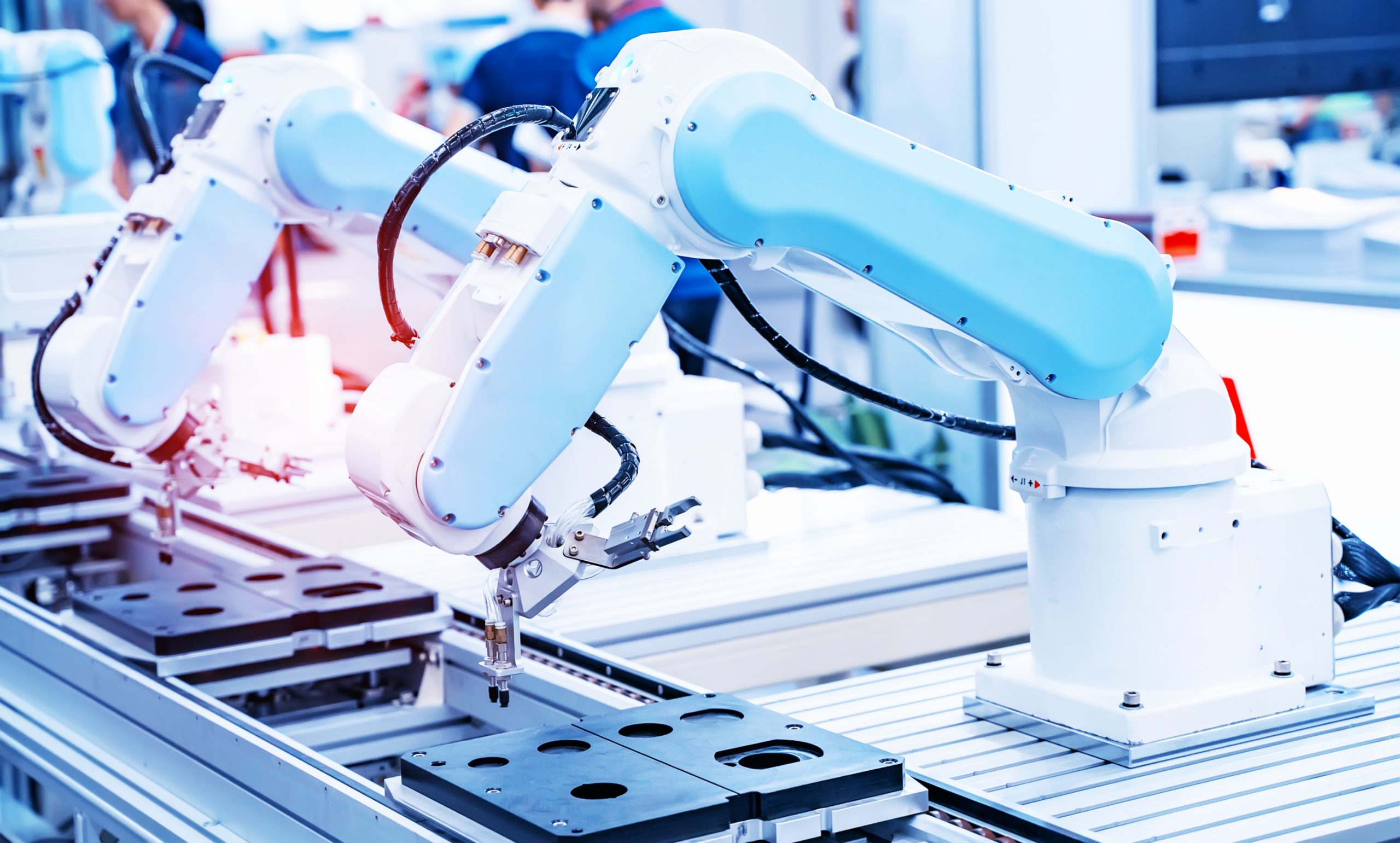
So how is technology shaping fashion after lockdown? From the rise of co-bots in ‘physical stores’, to creating a ‘social media shopping experience’ and shifiting to a ‘digital only shopping platform’, here are 3 ways that the pandemic has changed the fashion industry in 2021.
The Rise Of Cobots In Fashion
In order to understand the rise of cobots in fashion, we must define experiential retail.Experiential retail aims to turn shopping into an immersive and engaging experience. It serves to stimulate senses and bring products and services to life, making them more than just an item on the shelves.Today, experiential retail is so important because it offers something that shopping online cannot fulfill or replicate, and this is what will bring people back to bricks and mortar stores post-pandemic. If the pandemic has taught us anything, it’s that we are social beings. We crave human interactions. That’s why people are enjoying being back in stores, seeking that human interaction. So where do robotics come into this, and how can they help create positive change in a post-pandemic world? Well, robots and cobots (collaborative robots), provide the perfect opportunities to ‘wow’ customers and create new and improved experiences in stores, and online.
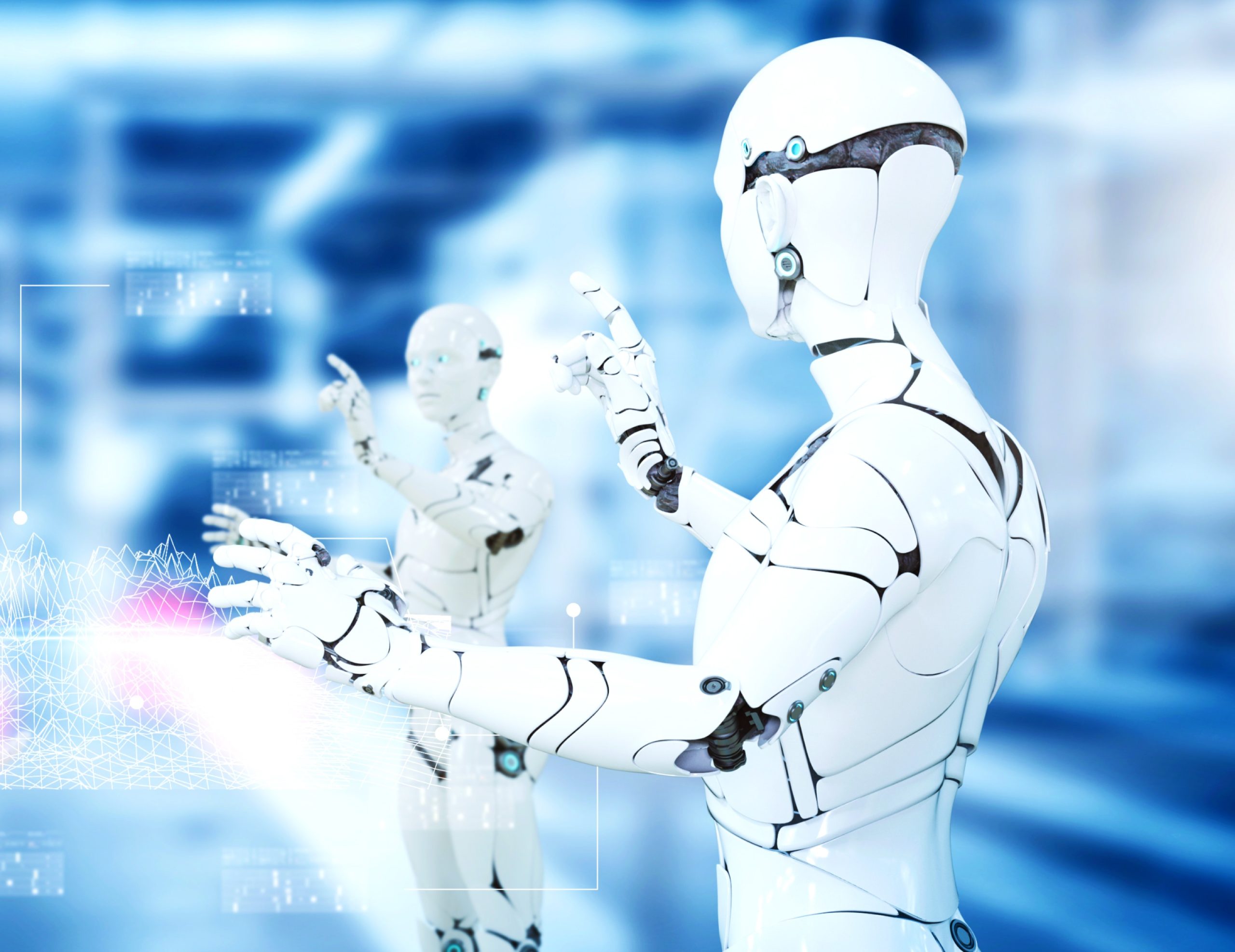
While you might be thinking that human interaction, fashion, and robotics aren’t two things that usually go hand in hand, you are wrong. Cobots are robots that require human intervention to be able to carry out their job. In retail, cobots are increasingly filling the gap between entertaining technology-driven retail experiences and the irreplaceable face-to-face encounter of visiting a store.On the other hand, even though many of us may crave human interaction, many are still wary of socialising in public places. There is certainly still a need to be safe in-store and hygiene is paramount. This makes customer-facing cobots perfect for the job, eliminating the need to have any physical contact with a human being if not necessary. In the future, we can expect to see cobots handling customer services and navigation within stores, click & collect services and maybe even driving our shopping trolleys!
Cobots can help drive positive momentum in the fashion industry, because they are well-placed to be used on the frontlines of customer engagement, Because they can ‘interact’ with humans, they can be programmed to learn from each interaction (with the help of humans) to constantly improve on their level of customer service.Cobots are also known for carrying out repetitive tasks much more quickly than a human and with less error. Taking such mundane tasks away from human workers, such as cleaning, leaves employees with more time to focus on more value-adding tasks and customer service – which can only be a good thing.But it’s not just the mundane that cobots are well-suited to. As previously touched on, they are also playing a role in creating a unique and memorable experience in-store.
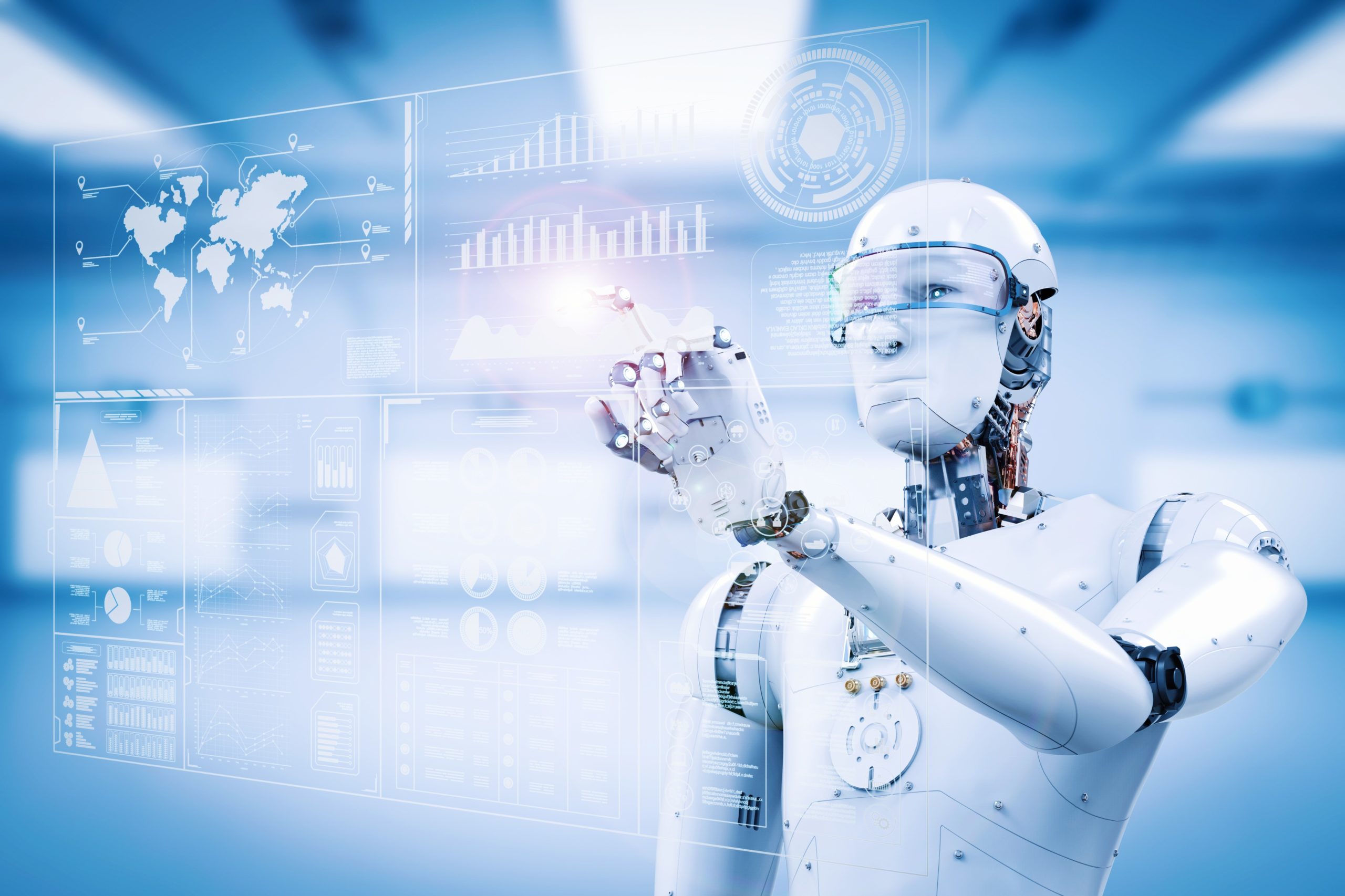
So how has the pandemic, helped co-bots meet customer demand in fashion? Well, the Tokinomo display is a good example of cobots making waves in retail. It uses built-in motion sensors to sense when a customer is nearby. When triggered, it automatically initiates a chosen combination of motions, lights and sounds to make whatever product being displayed ‘jump off the shelves’. This interactive display technology has been proven to increase sales, drive traction, and increase footfall, changing the way that fashion companies can operate. And it’s not just offline operations; for online brands, cobots and robotics automation can automate logistics, sewing machines, online merchandising, content generation, and AI powered data processing. But what does this mean? Well, 50% of digitally mature companies now have a defined AI strategy in place, which makes it easier for fashion businesses to operate. When you have automation, whether as a customer, or as a worker, you can improve your experiential retail experience. Cobots and automation are really finding their place amongst this as a way to offer new and enhanced experiences to shoppers and create a buzz on the high street and in shopping centres once again.
Social Media Shopping
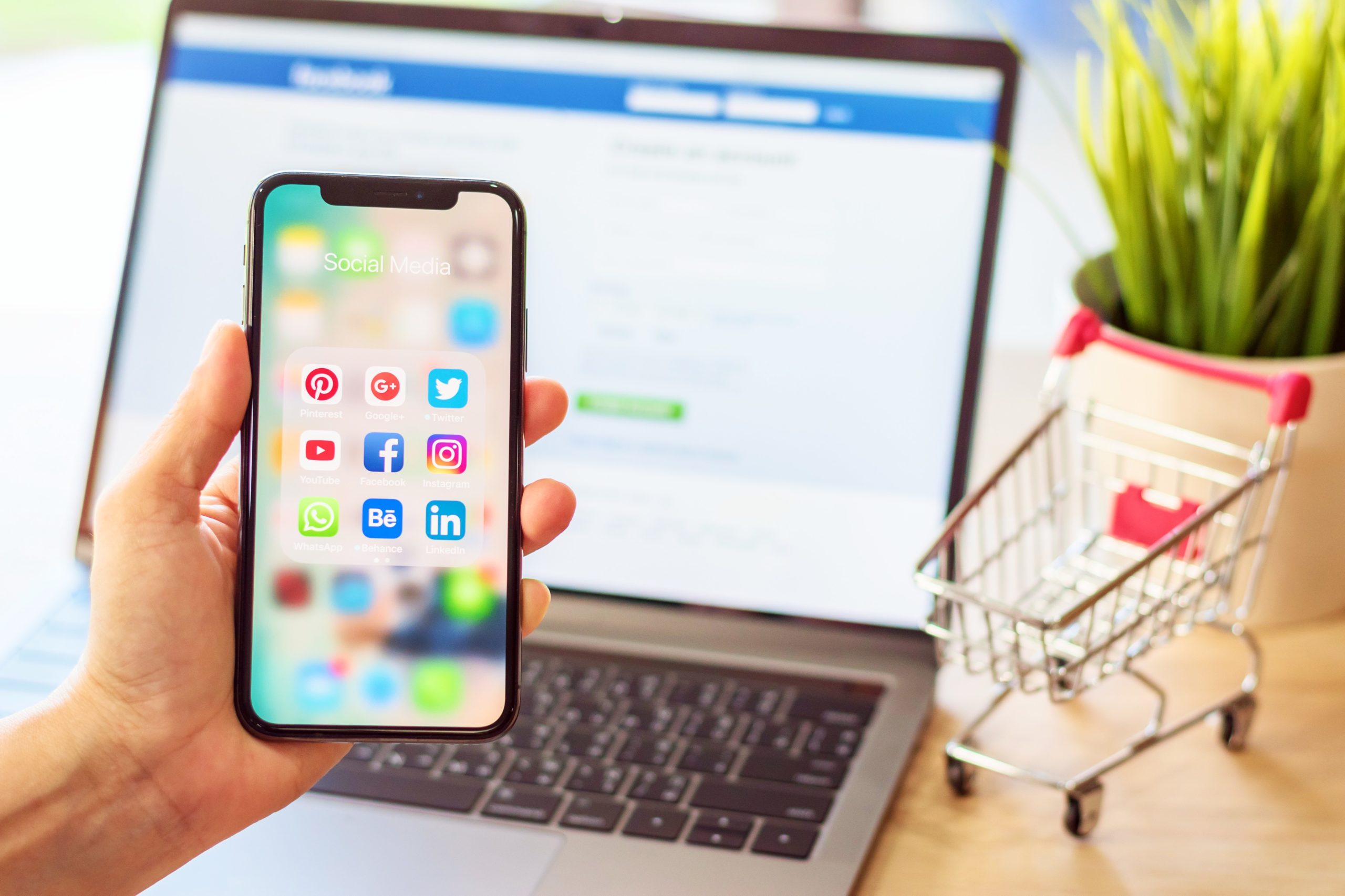
Alongside Cobots, social media has also changed the way that we shop after lockdown. Unable to visit our favourite stores during lockdown, we dove into social media channels like Instagram, as we brought loungwear, Pyjamas, and comfort fashion in droves. Gone were the elaborate ballgowns, razor high heels, and embellished accessories, and in its place were slippers, dressing gowns, and fluffy knitwear coords. Today, people are on Instagram, Facebook, and Pinterest every day. More than 30% of millennial women said that social media is one of the top influencers when buying clothes. Why? Because their favourite fashion brands, content creators, and influencers are on the platform, inspiring the clothing that we choose to buy and wear. For me, I use social media to find ‘inspiration’, stumbling across sustainable, vegan, and cruelty-free businesses in my explore page, that my Instagram Algorithim has determined would be of most interest to me.
With one click I can be on the fashion brand’s website, and have access to unique fashion clothing that I wouldn’t have found without Instagram. For example, brands like Cider, Shop Easy Tiger, and Jungle Club Clothing, are all colourful clothing brands that I found through Instagram. Without social media, I might have never discovered these fashion brands, or been persuaded to make those ‘clothing choices’. Instagram reccomended them to me, based on AI which was able to determine my style, clothing taste, and previous brands I had purchased from previously. It’s like, if you look at multiple wedding dresses on Instagram, you will then have loads of ‘targeted Instagram ads’ to wedding dress retailers, in an attempt to get you to buy clothing. And its not just brands, or targeted advertsing that has changed the way we shop. Where we would once look at magazines, newspapers, and events for fashion inspiration, social media is able to create and cultivate trends faster than traditional media outlets, helping us have a ‘fast, and seamless ‘ shopping experience online.
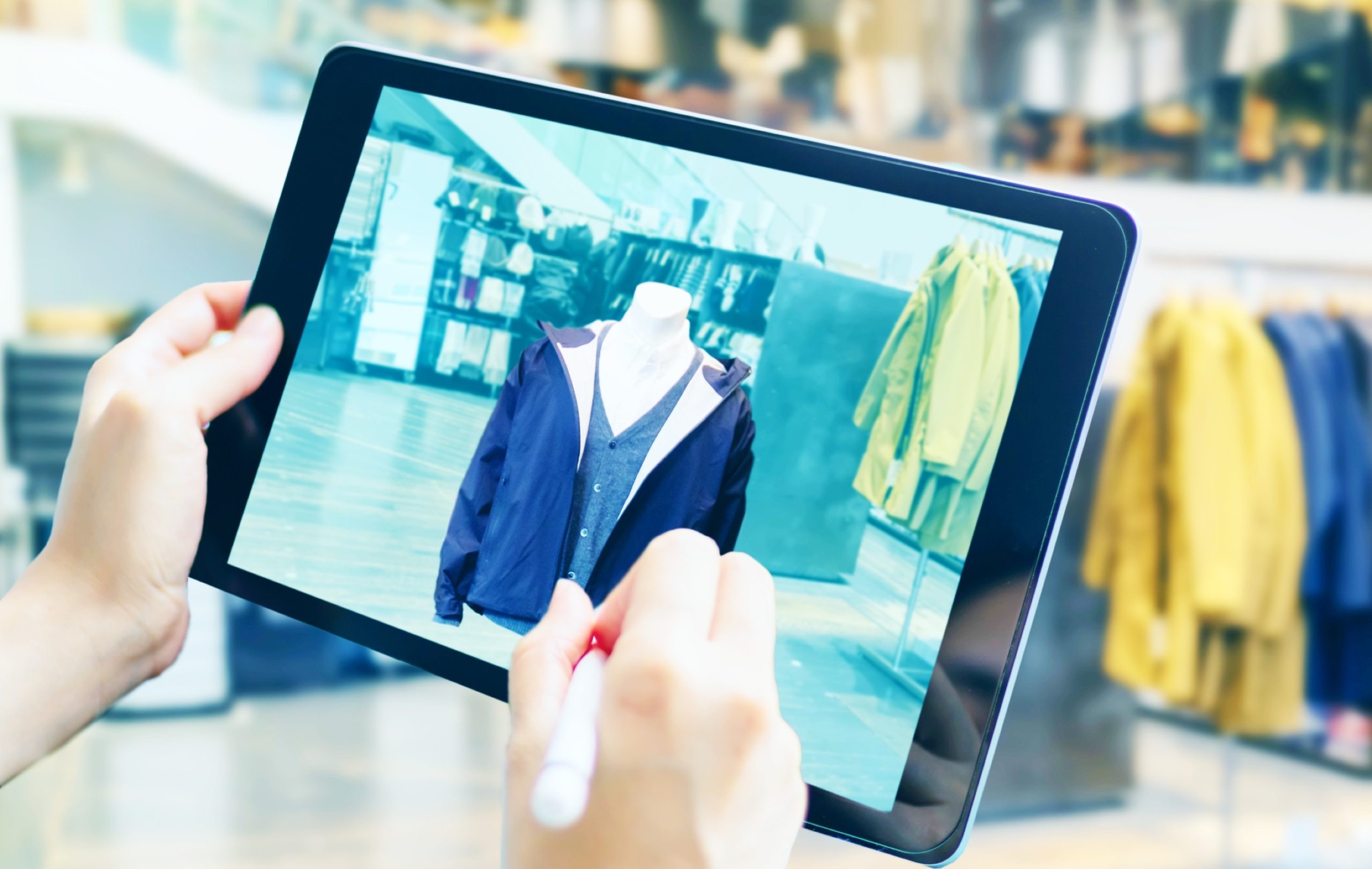
So how is social commerce changing shopping habits? Well, when you use a platform like Instagram, Tik Tok or Facebook, you can browse through products on social platforms and make purchases directly within an app without going to a third party website. This means that social commerce owns the entire buyer journey, which easily changes the customer from a ‘window shopper’, into a customer. As a customer this is great because it becomes a one stop shop, where you can find fashion inspiration, buy from unique clothing brands, and discover new creators. As a brand, using social media to sell your products helps you convert followers ‘into buyers’, which increases sales, click throughs to your website, and overall customer shopping flow. Not everyone finds you through Google Search, especially when you are a new business, so social media can help you kickstart your fashion brand online.
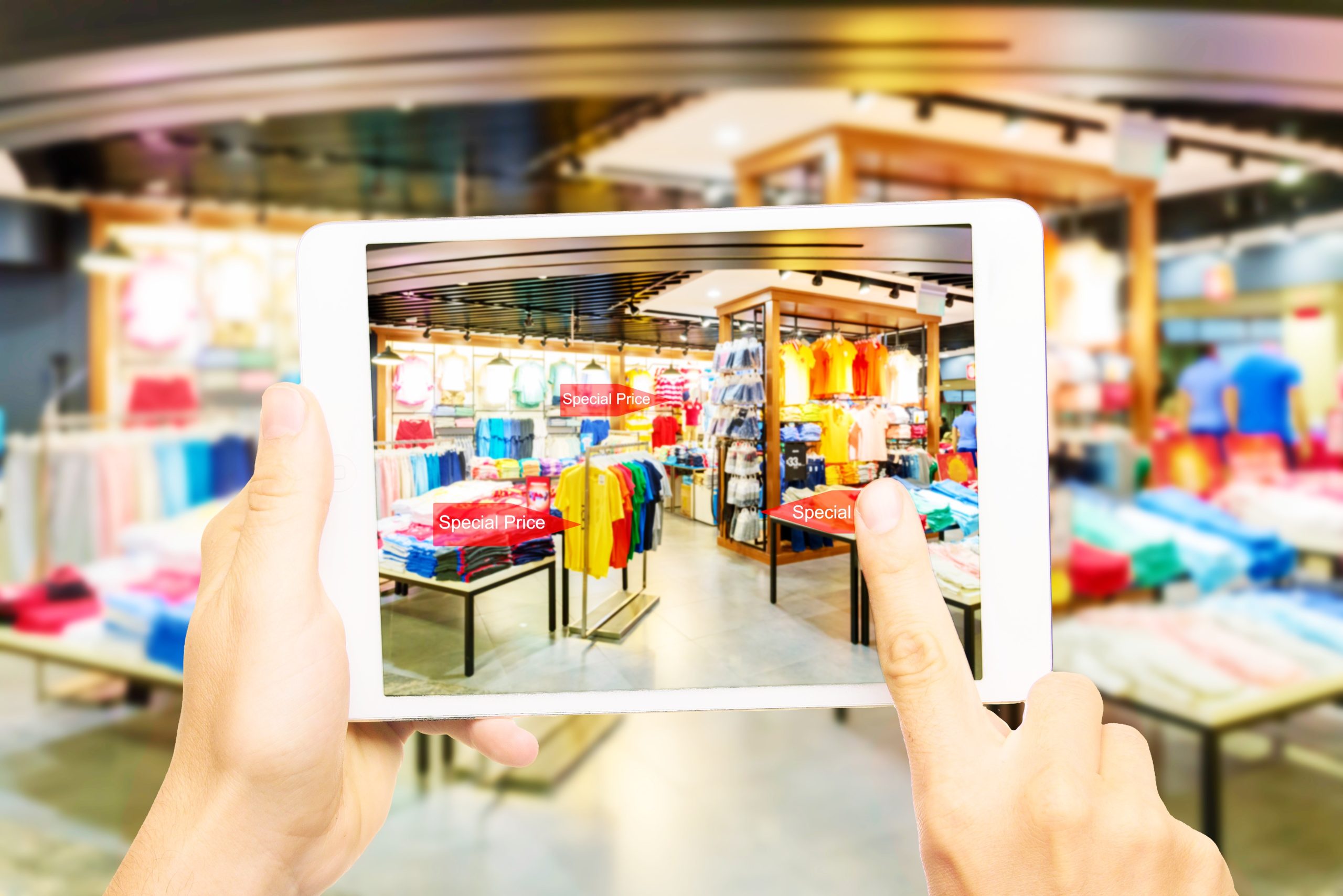
Virtual Reality In Fashion
One way that the pandemic has changed the fashion industry, is through the proliferation of ‘virtual reality’. Although we associate VR with gaming, and entertainment, fashion has been looking at how it can integrate VR to improve the customer shopping experience, online and in store. The rise of virtual reality platforms allows brands to merge the online and physical world of retail. For instance, customers can now use try-on avatars or apps like DressingRoom to try outfits customized to their measurements before buying them. If you look at a brand like NYX for example, they have try on ‘virtual makeup in store’ and on their website, which allows you to see what the lipstick would look like on you. In fashion brands like TOMS, they look beyond ‘sales targeting’, and offer an experience to their customers. For every pair of TOMS shoes you purchase, the company donates a pair to someone in need. To bring this vision to life, TOMS has created “a walk in their shoes” campaign. Shoppers use a VR chair to experience the journey as one customer from California travels to Columbia to meet a child that benefits directly from his shoe purchase.
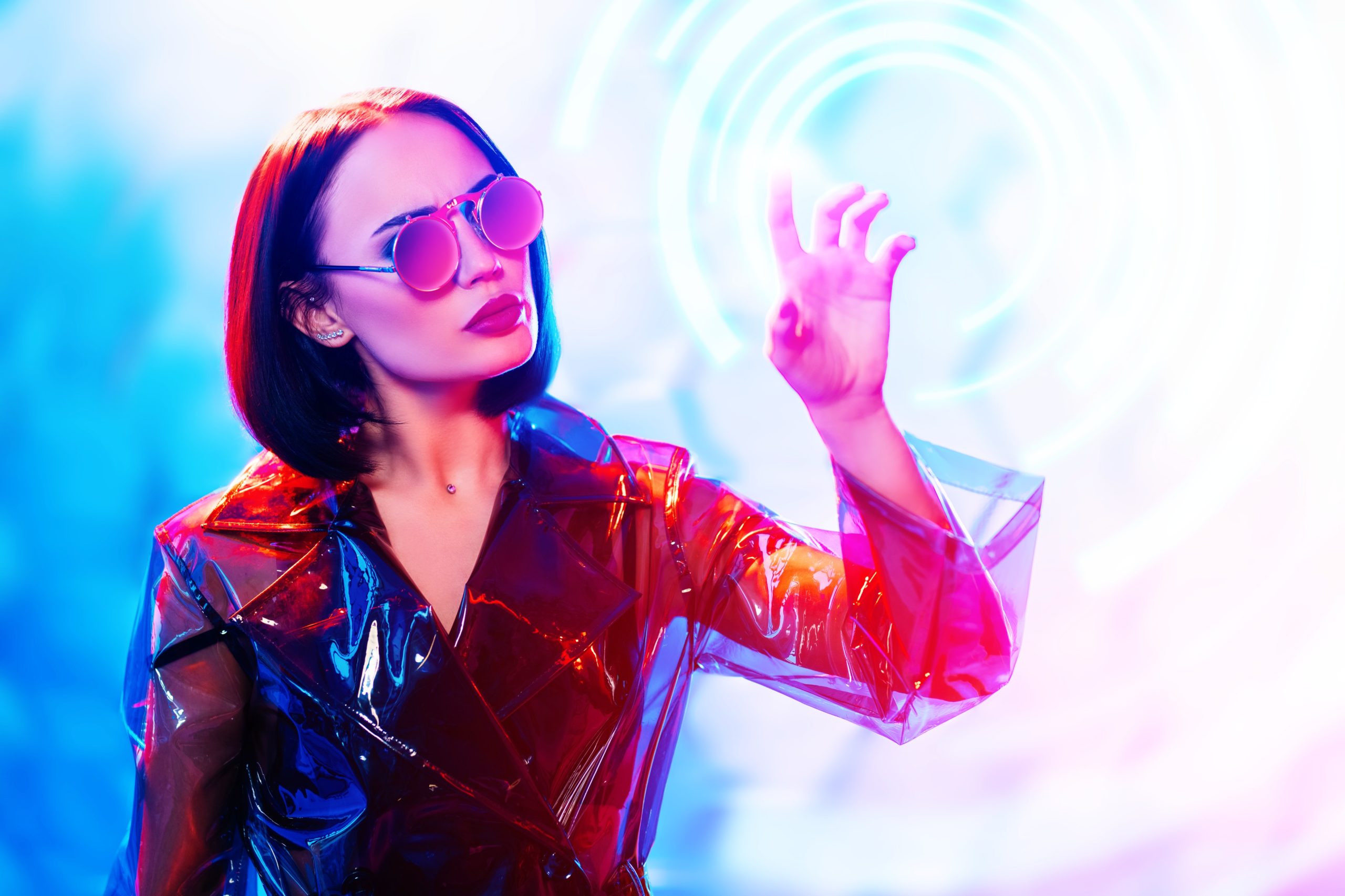
Even luxury fashion designers, are using VR to improve the customer experience. Whether they host virtual reality fashion shows, mixed reality showrooms or use VR to stream, the way that we approach designer fashion has changed. If we look at a designer like Rebecca Minkoff, she uses VR technology to design her brand items and accessories. Before actually producing a bag in a new color, the fashion designer tests it in VR to see whether it is as effective as she expects it to be. Although it is a costly situation, it is still the most cost-effective way of creating designs that are guaranteed to sell. Rebecca can try out different designs in an attempt to find the ones that generate the best customer response, creating a greater satisfaction rate. We can see that VR platforms definitely improve the shoping experience, helping brands to engage and retain customers. But how can VR help fashion brands expand their audiences, particularly when they are a new emerging designer brand?
Well, not everyone can attend a fashion show. So why not create a virtual version, where you record your live show in 360 degrees and turn them into applications that can be viewed with a VR headset? This way, thousands of users can view the collections with the realistic sensation of sitting in the front row. You will get to attend the fashion show without stressing over losing your invitation, squeezing onto front row, or the paps who are waiting to take millions of photos of you outside. There is less pressure for the consumer, but also for you as a brand owner, as it allows you to give your existing or potential customers, a personalized experience. Not only does this bring more customers, decrease costs and entertain your audience, but it also increases sales, footfall, and interest in your brand. When you use VR you are moving ahead with the times, and creating an engaging shopping experience that is as enjoyable for you, as it is for the customer.
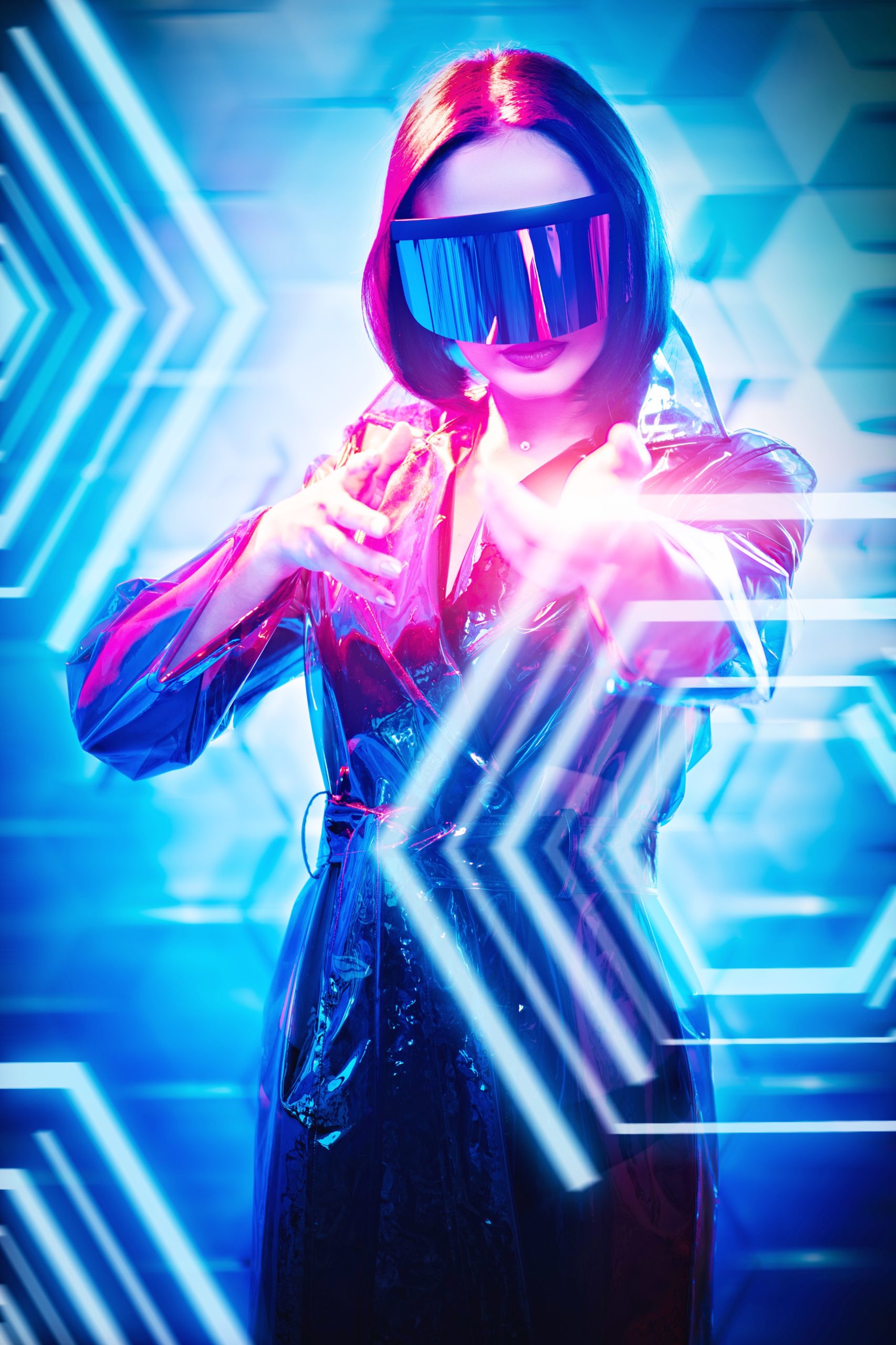
How Do You Feel The Pandemic Has Changed The Fashion Industry?
*Disclaimer
Please note this is a collaborative post but all thoughts are my own and are not affected by monetary compensation. I would love to know how you think the pandemic has changed the fashion industry, and whether AI has helped retail bounce back after COVID-19.
Leave a Reply